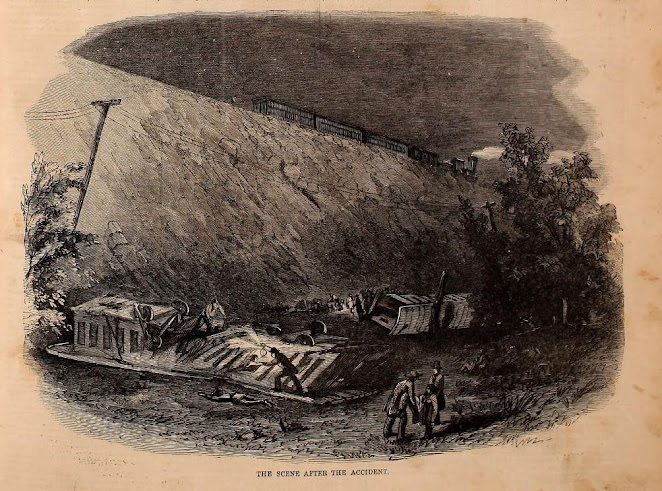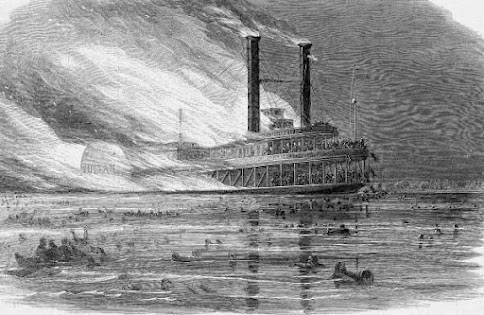Lizards in the Bowels & a Tame Zebra

Then, as now, people are fascinated by the bizarre, scandals, new inventions, and habits of remote nations. A man in Maine passes a 7 inch lizard; a groom dies upside down in the outhouse an hour before his wedding; a thousand virgins sail for Washington state; “the first balloon ascent by man on horseback,”; a little girl realizes God's having trouble lighting his gas lantern; tame zebras . P.T. Barnum’s new museum in New York City demonstrated the public would pay for the bizarre or unusual. Lizards in the Bowels A live lizard 7 inches long and 2 1/2 inches round was passed from the bowels of a gentleman in Maine, and both man and lizard are doing well. “Old Bourboun” (sic) in small quantities is a remedy for lizards, but too much of it makes snakes in the boot. Dead Serious An idiot in Germany was told to watch a corpse. The corpse was a living man and the intention was to fool the poor idiot. Presently, the body moved --the idiot told it to be still. On failure




